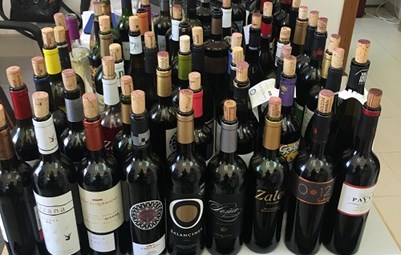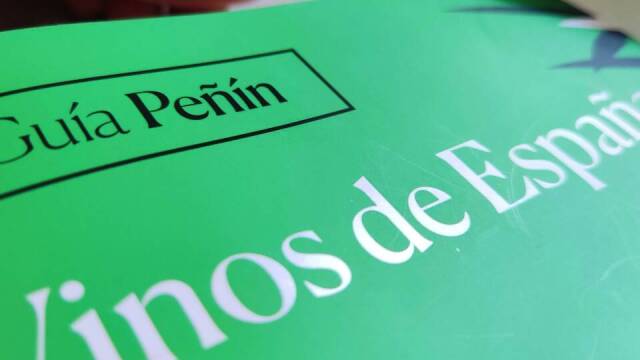There are still many wine-producing areas in Spain which remain far from the media spotlight. Their knowledge by the general public is based either on proximity or on a thorough search for the wines of some of their most important wineries, spokespersons of the expressive capacity of their areas of origin.
Today Guía Peñin has just published reviews of more than 33 wines from the Ribera del Guadiana Denomination of Origin and 26 more tastings of Vinos de la Tierra de Extremadura (IGP). But what are Extremadura wines like, what do we owe their style to, and which grapes are the most interesting to taste?
It is vital to analyse the climate and soils of an area in order to understand the style of its wines. Generally speaking, Extremadura has a Mediterranean climate, enhanced in some of its sub-areas by the influence of the continental climate. The denomination of origin Ribera de Guadiana includes 6 different producing areas, although, despite their differences, it is not common to find any mention of them on their labels, so it is impossible for us to make an aromatic and gustatory distinction according to the origin of the grapes. A pity if we consider their different soils, altitudes and climatic influences.
Six differentiated sub-zones
The six sub-zones registered within the appellation are called: Tierra de Barros, Matanegra, Ribera Alta, Ribera Baja, Montánchez and Cañamero. There are different altitude regimes and soils. For example, in the most cultivated area of the D.O. Tierra de Barros we have reddish clay soils, known there as Barros, because the area becomes almost impracticable with rain. The average altitude is 524 metres above sea level.
Matanegra, which has similar soils to Barros, is at a higher altitude, 638 metres above sea level. The plains of the Ribera Alta, an area between Vegas del Guadiana, the plains of La Serena and Campo de Castuera, connect in the eastern part with Vegas Altas, and Tierra de Barros. There, the soils are sandy and the altitude reaches up to 427 metres. Cañamero and Montánchez, both in the province of Cáceres, have the highest altitudes, 849 and 638 metres respectively, with soils ranging from slate to granite, two ingredients that can give very good results in wines.
What types of grapes are grown in the region?

 Log in
Log in







